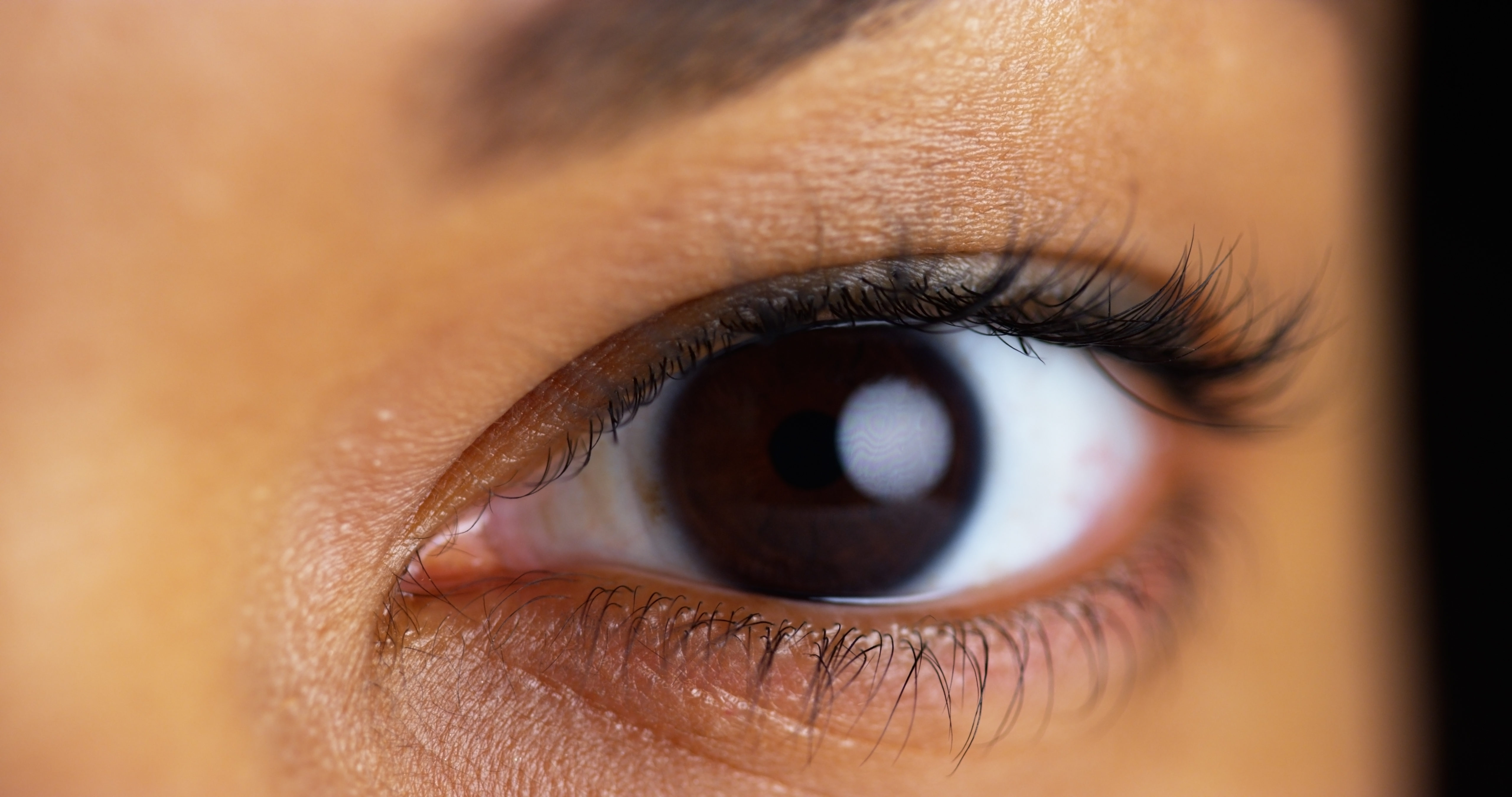As new graduates, outside the safety of our classroom walls, we will have an obligation to stay up to date on the latest research. We must stay informed on new therapeutics, techniques, equipment, and findings on ocular health. During our schooling, we learn about evidence-based medicine (EBM) because it is scientifically sound, and ready to be applied in order to provide our patients the best care possible. EBM integrates the best available evidence with both clinical experience and patient values so that treatment decisions are tailored to the individual.
However, as new graduates we will also begin to feel the pressure of differentiating ourselves. In recent years it seems that many new ODs are delving into some sort of specialty care. Whether it be through completing residency or attending additional continuing education courses on certain topics, we eagerly search for ways to set ourselves apart from the crowd. A few popular areas of specialty care include: ocular disease, contact lenses, pediatrics and binocular vision. So, what’s a hot new topic in optometry? Vision therapy (VT). Vision therapy combines eye exercises, visual training, and orthoptics catered to the individual patient to improve visual functioning. VT may include the use of prisms, filters, therapeutic lenses, and balance boards, just to name a few.
After attending a few seminars on VT, I wondered to myself, how is such a seemingly anecdotal area of interest gaining such momentum amongst ODs? I will admit that I was surprised to see that some of the techniques performed – albeit these were performed on healthy optometry students from the audience – seemed like magic tricks. The speaker then shared a video of a patient suffering from a visual midline shift wear yoked prisms for the first time. If any of us needed more selling on the subject, that was the selling point.
Following a bit of research, it turns out VT is not such a new idea. According to the College of Optometrists in Vision Development (COVD) website, it’s been around for almost 50 years! Contrary to my initial thoughts about VT clashing with EBM, the COVD website uses the term “evidence-based” within their explanation of VT.
An in-depth search of the literature was performed by Skaler & Bowens in 2007 to find evidence on the efficacy of VT in patients with cognitive deficits secondary to traumatic brain injuries. They concluded that the evidence, either for or against this practice, is not strong enough on this topic. It seems the results of many current VT studies all share a similar conclusion; we are unsure of the efficacy.

I personally believe the concept of VT is appealing to new grads because it emphasizes what we know to be true; vision goes far beyond reading the 20/20 line. As an optometry student, you’ve likely been asked the question, “You’re program is 4 years long? How much could there possibly be to know about eyes?” While I’m always tempted to clap back with the fact that the eyes are an integral part of the central nervous system and that 80% of our sensory information comes from our vision, I bite my tongue. I wish more people would understand that VT emphasizes the neurological aspect of optometry.
Although VT does not purport that oculomotor abnormalities directly cause reading problems, nor that VT can cure patients of learning difficulties, there is considerable evidence that there are strong correlations between the two. It is the treatments and techniques themselves that lack evidence of their efficacy. Studies are typically retrospective or case-based, weakening their conclusions.
Thus, while VT is not completely void of scientific reasoning, it is a young and extremely promising field that is in need of strengthened evidence in order for it to be applied more widely. In the words of Biggie Smalls circa 1994, “If you don’t know, now you know.”

